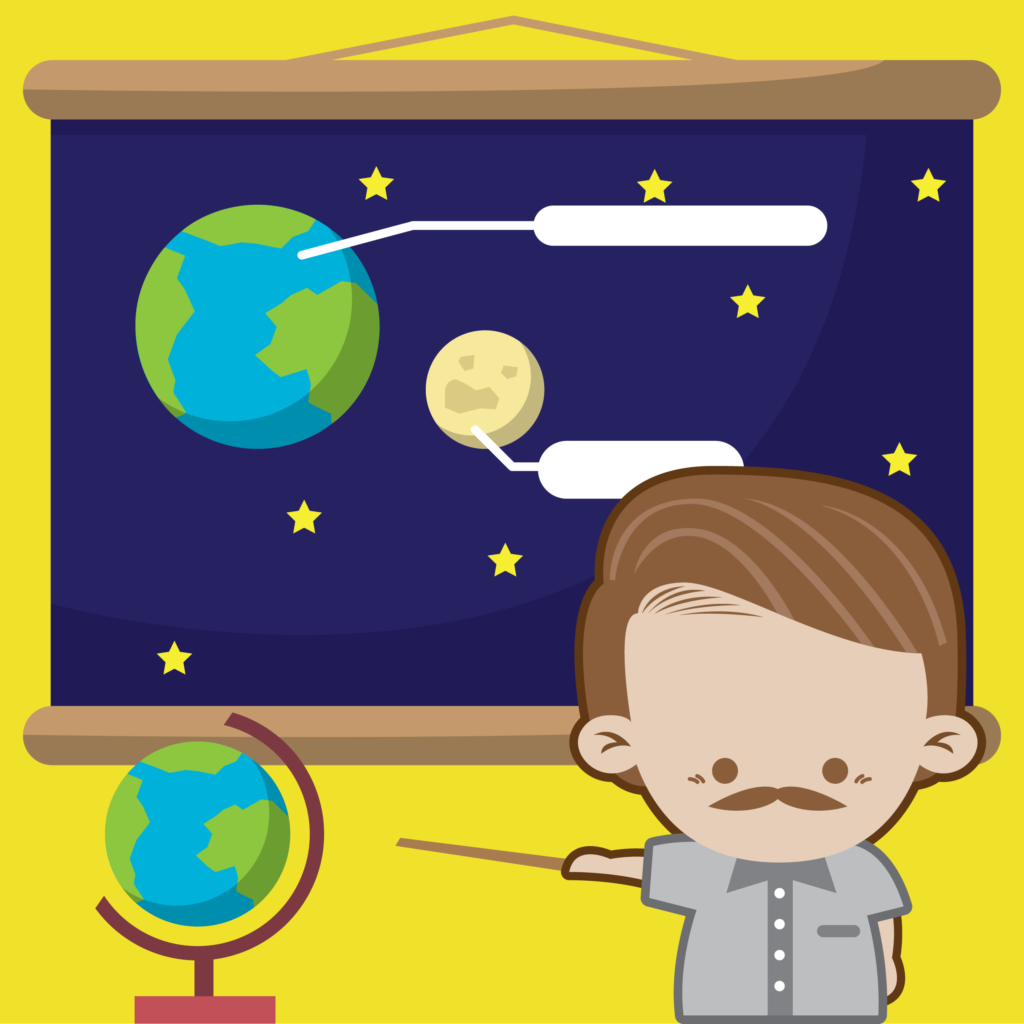Snow Facts For Kids
Snow is so much fun. Don’t you just love scrunching around in it, having snowball fights, going sledding and building snowmen?
But even though it’s cool fun have you ever thought about how snow is made, and how it lands up in our suburbs for super cool fun? Well we’re going to tell you all about how snow is made.
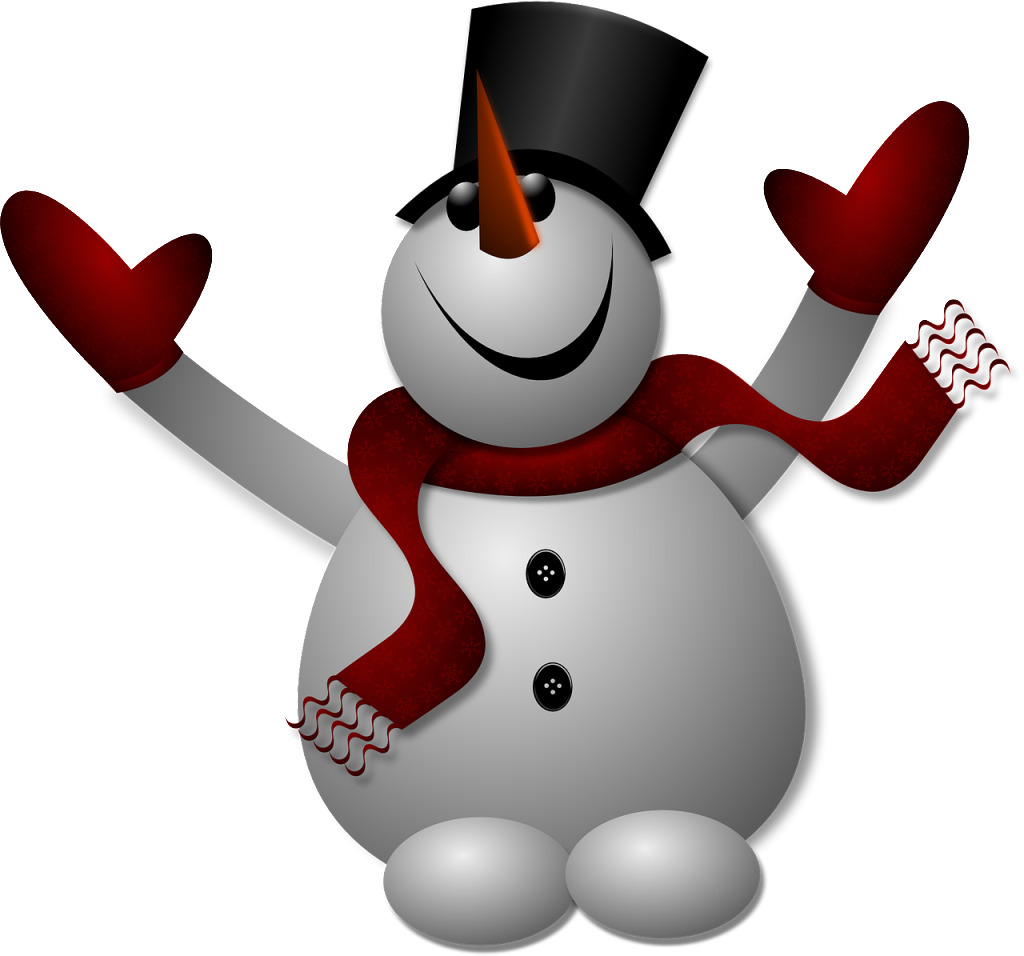
Quick Snow Facts
- Snow is translucent and not white.
- Snowflakes exist in more than 35 different shapes and sizes.
- Loud noise cannot trigger an avalanche of snow. Snow avalanches often occur because of weight being shifted or a change in the wind speed.
- Snow can take on different formations when it falls on land, such as a penitent or cornice.
- Even though people believe that no two snowflakes are identical, studies have shown that identical snowflakes exist.
- Snow can absorb sound.
- Like rain, snow can fall at varying speeds, ranging from a slow and gentle pace to 9 miles per hour.
- Snow doesn’t need a specific temperature to fall. If rain falls for an extended period of time, it cools the air surrounding it and creates the right conditions for snowfall.
- Snow can cause blindness if your eyes aren’t protected from the UV rays reflecting off the snow.
How is Snow Made?
There are little water vapors in the air and before they turn into water, they freeze and form crystals of ice. But why does this happen?
Basically this is when the temperature way up there in the clouds is seriously cold, making ice instead of water.
This is when snowflakes are made which fall as snow. Snow falls in soft flakes and they’re joined lightly together, and each flake is made up of tiny crystals.
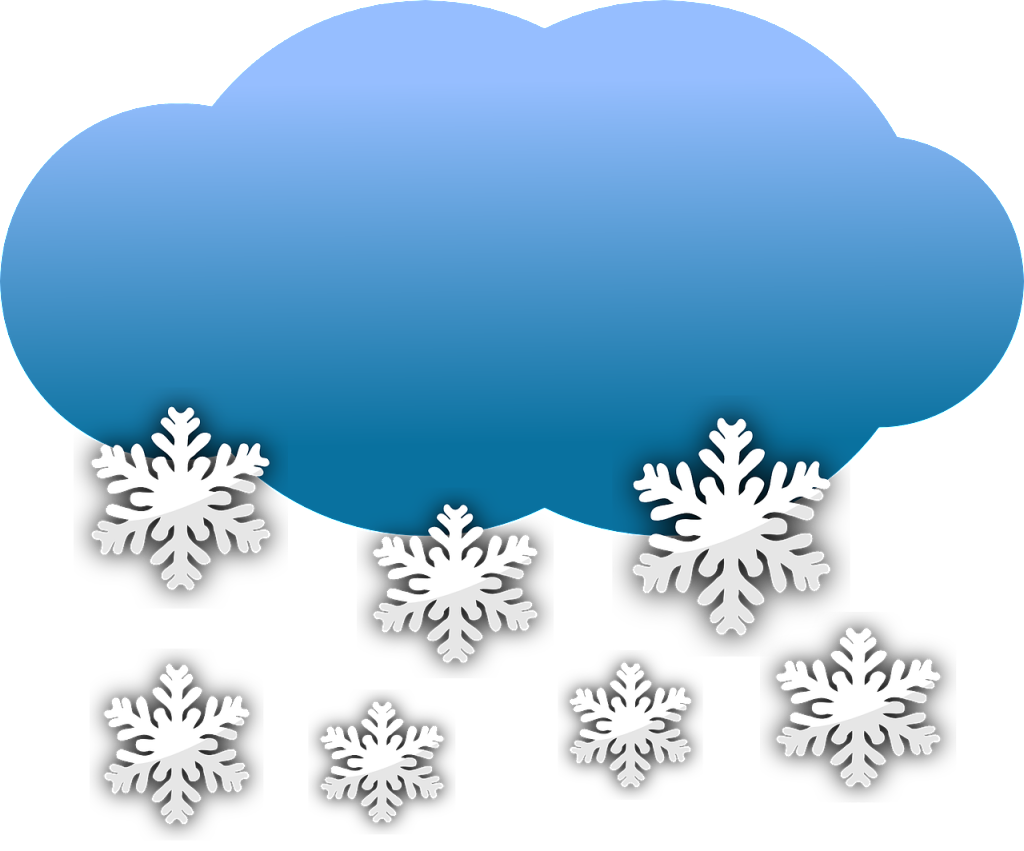
What are Snowflakes Made of?
Snowflakes are made of crystals of ice that form from bits of dirt in the air. Each snowflake could have as many as 200 crystals in them! Wow!
What do Snowflakes Look Like?
Did you know that each snowflake is completely different to the next? Well amazingly they are. They all have a geometrical shape made up of five points.
When snowflakes collect, the snow gets packed together. Because its own weight they squeeze out the air from the middle of the flakes.
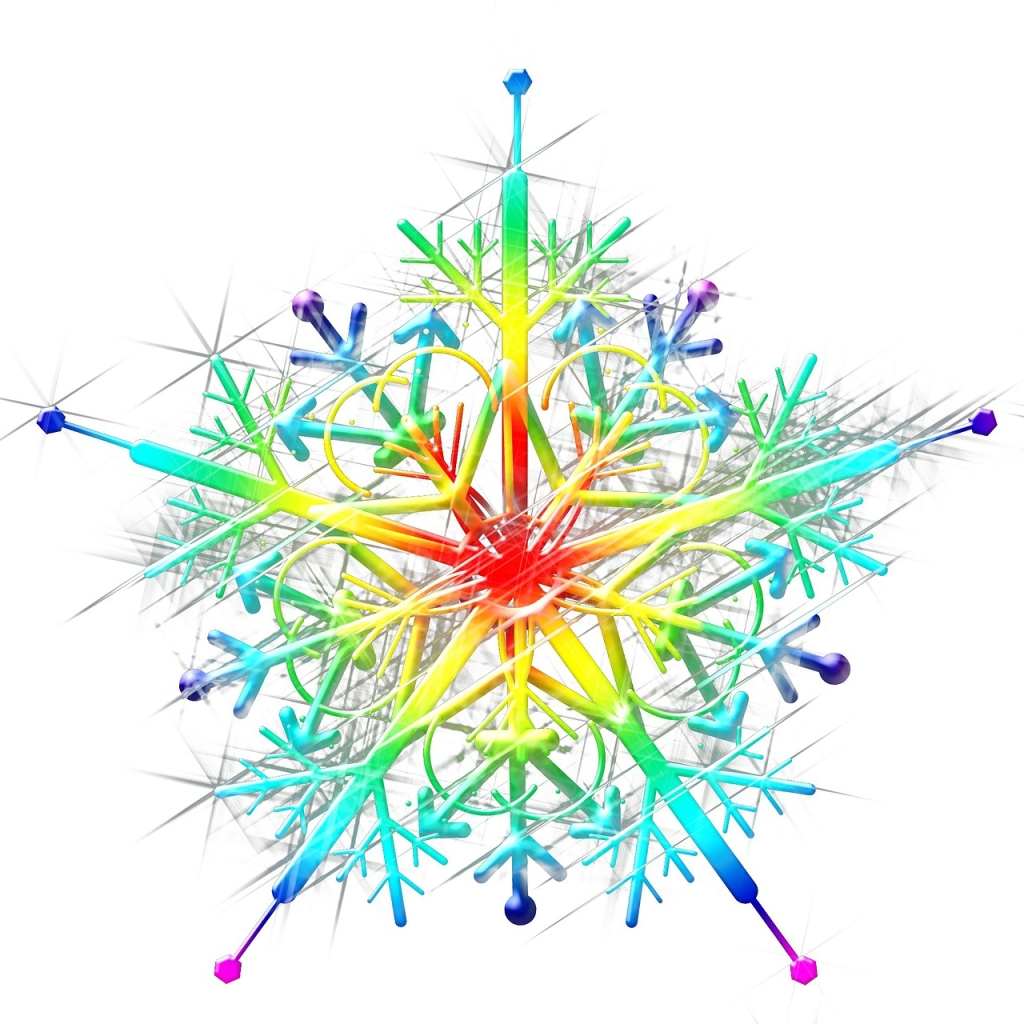
Interesting Facts about Snow
Did you know that light and fluffy snow is often called ‘powder’?
When we get really heavy snowfall, these are called ‘snowstorms’.
A blizzard often happens when there are snowstorms with very strong winds. Blizzards can be quite dangerous.
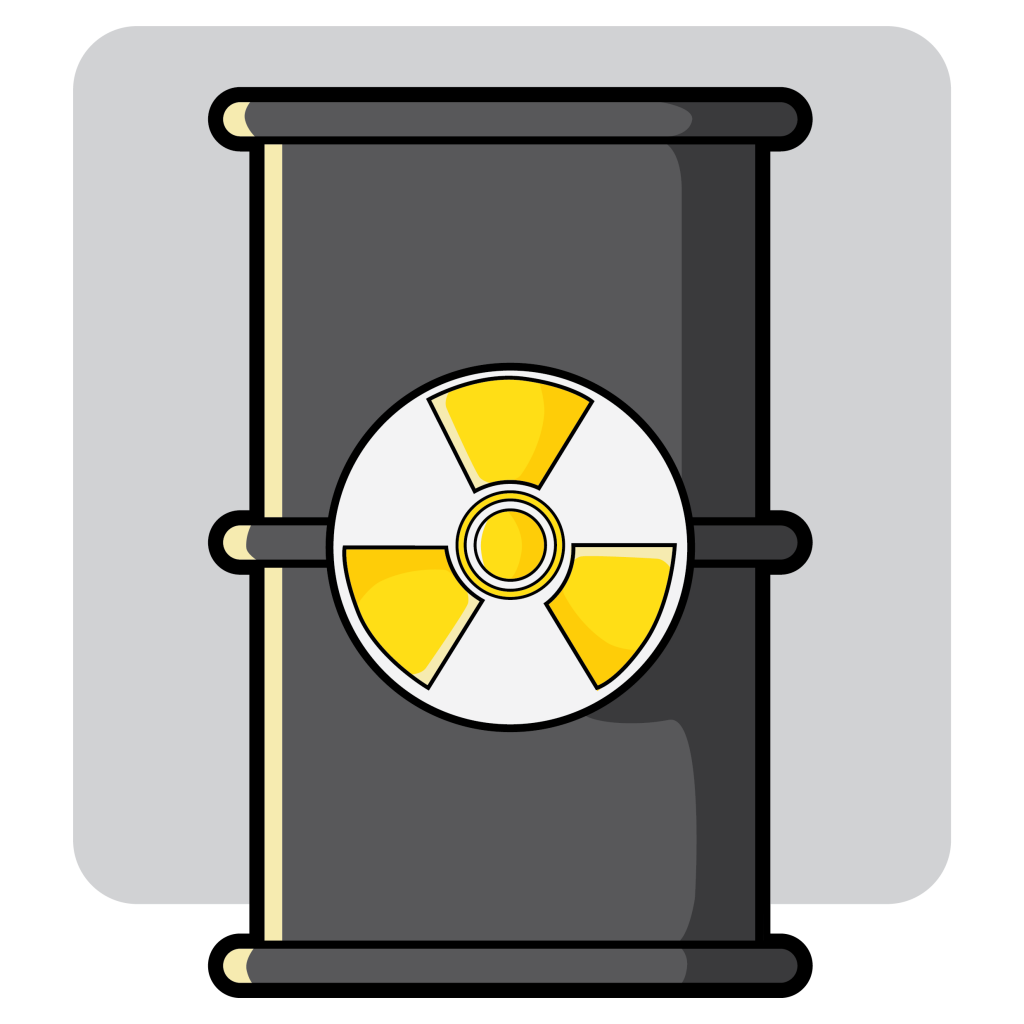
Snow reflects high levels of ultraviolet radiation which can cause something called snow blindness. So make sure when you go out in the snow you wear sunglasses, goggles or other eye protection.
Related: Radiation Facts
The highest snowfall ever recorded over a year was 1,224 inches (31.1 meters). This was in Mount Rainier in Washington State. That was between 1971 and 1972. Wow, that’s a whole heap of snow.
The world’s largest snowflake was apparently 15 inches across and 8 inches thick. It’s in the Guinness Book of Records and it was found at Fort Keogh, Montana, United States on 28 January, 1887.
Snow is not really white, it actually has no color. It looks like its white from reflections from the sun, no matter how little sun there is.
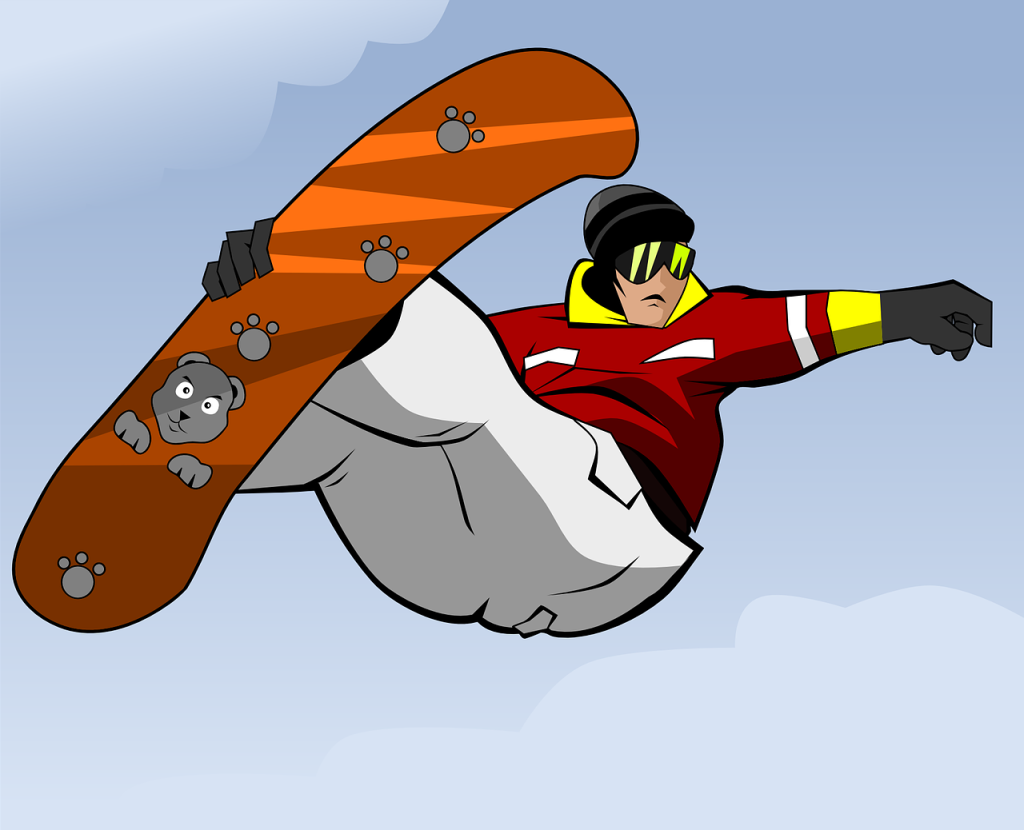
Vocabulary
Ultraviolet radiation – the sun sends different rays to Earth. You will see some of them as sunlight.
Some of them you can’t see. The ones you can’t see are called “ultraviolet” rays or “UV rays.” These rays are the ones that can make your skin burn.
Now you know all about snow, go out and play and ace that next test!
